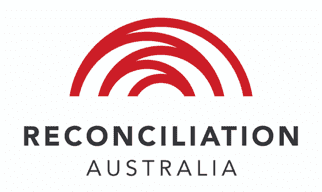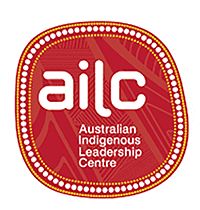See our privacy policy to find out how AIGI handles your personal information.
This resource is for groups assess how their data is governed, used, and shared who are beginning their IDSov journey or seeking to improve awareness and knowledge It helps identify whether data agreements, projec...


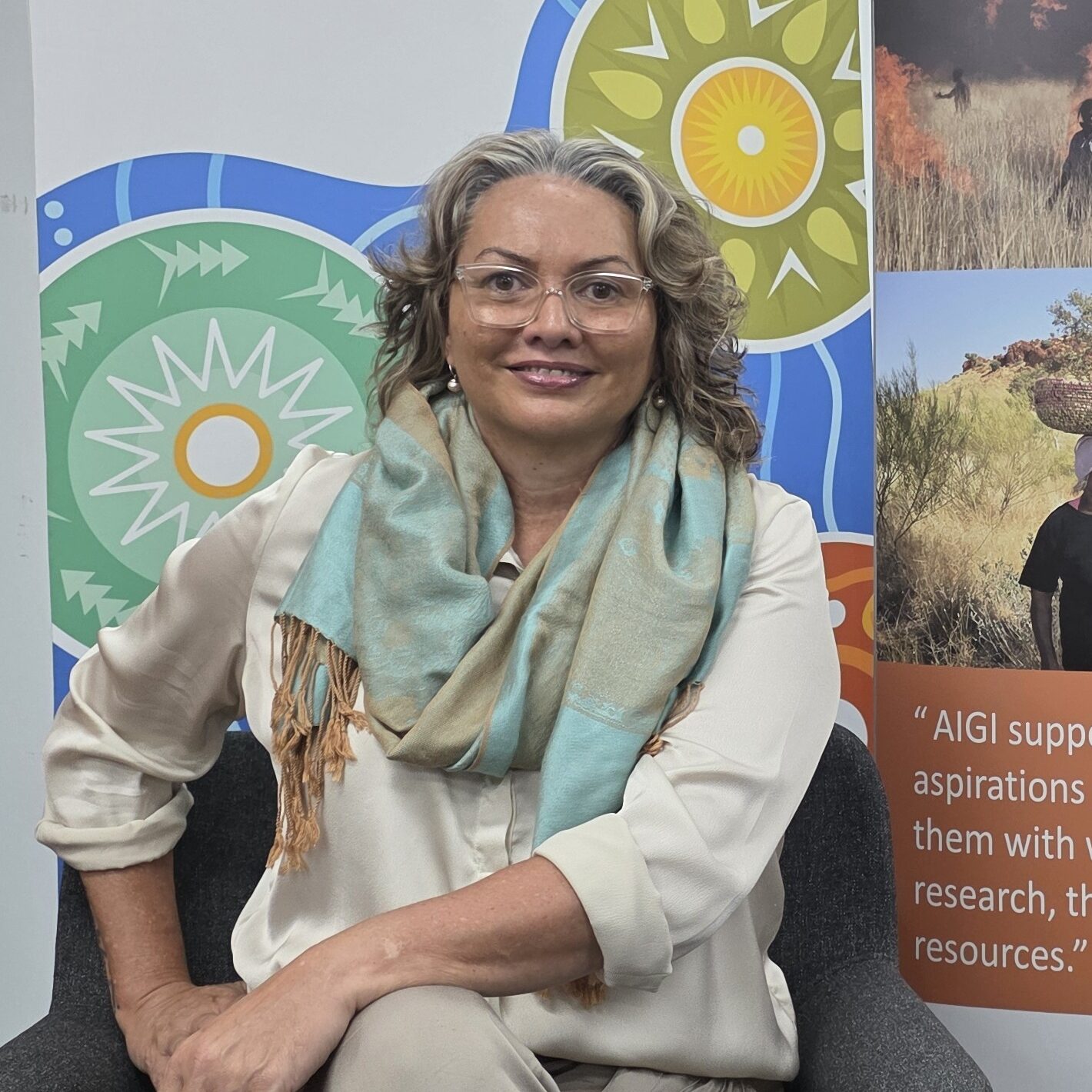
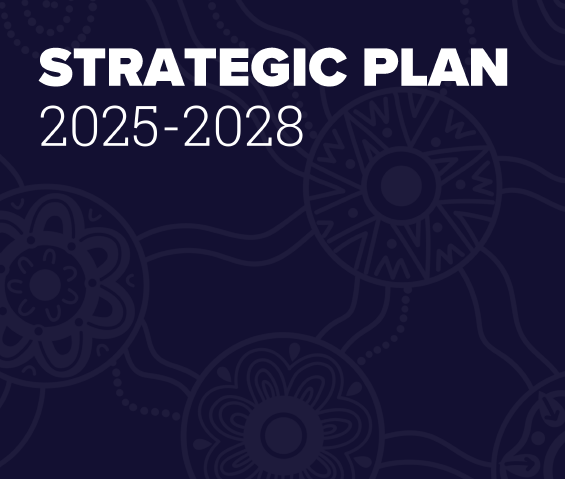

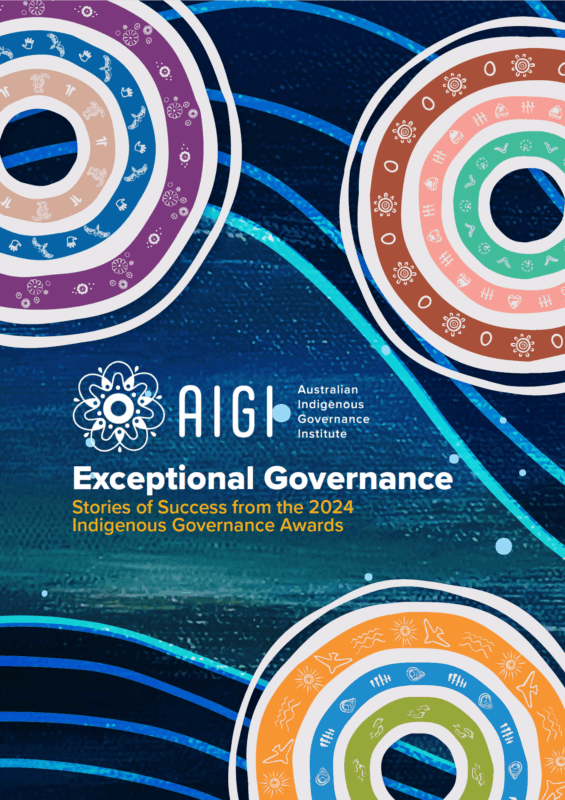



.png)




